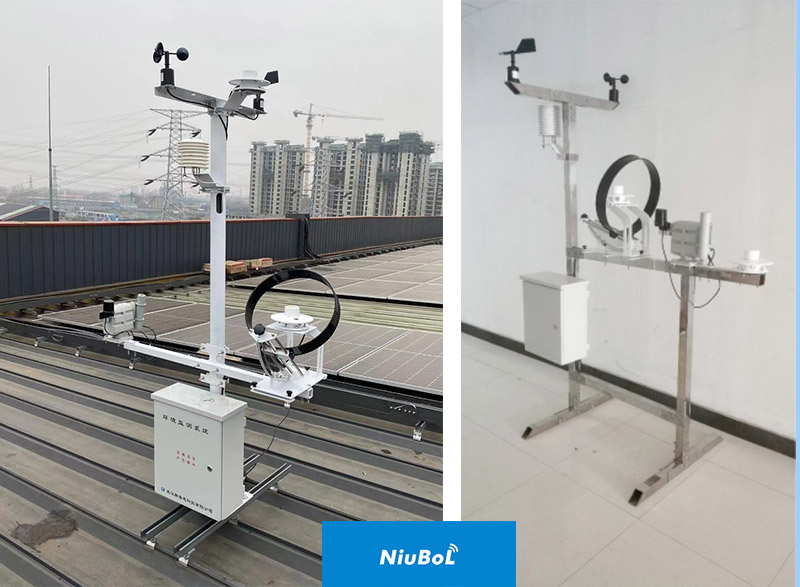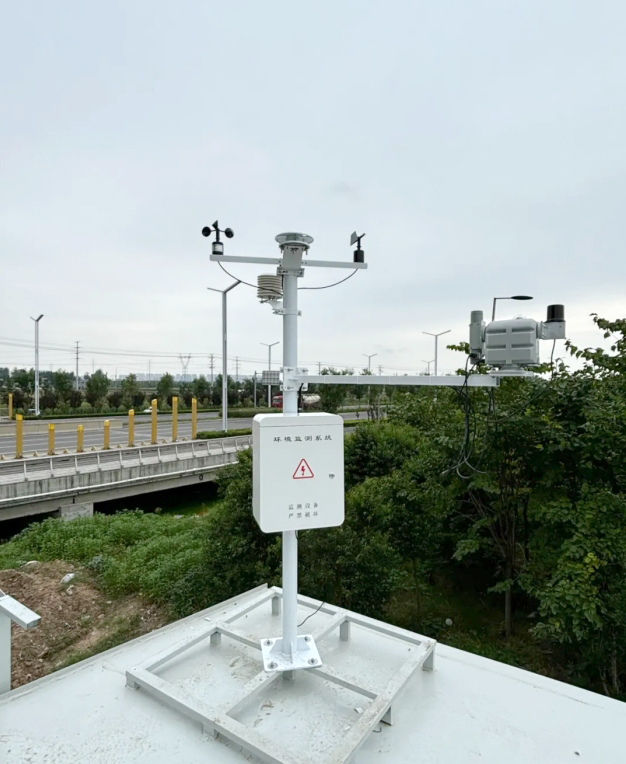

— Blogs —
—Products—
 Consumer hotline +8618073152920
Consumer hotline +8618073152920 WhatsApp:+8615367865107
Address:Room 102, District D, Houhu Industrial Park, Yuelu District, Changsha City, Hunan Province, China
Product knowledge
Time:2024-08-31 17:18:28 Popularity:316
A pyrheliometer, also known as a solar calorimeter or direct solar intensity meter, is a precision instrument for measuring direct solar radiation. It is designed to accurately quantify the amount of solar radiation travelling in a straight line from the sun to the sensor without being scattered by the atmosphere. It is mainly used in meteorological observation, solar energy research, environmental monitoring and other fields, and is capable of accurately measuring the amount of direct solar radiation perpendicular to the surface of the sun.
1.Measurement of Direct Normal Irradiance (DNI): Solar Thermometers are used to measure DNI, which is essential for understanding the potential of solar energy systems that rely on concentrating solar power or photovoltaic panels tracking the sun.DNI measurements help in assessing the efficiency of these systems and in designing optimal solar energy installations.
2. Tracking Mechanism: The pyrhelimeter is often used in conjunction with a tracking mechanism that allows the instrument to continuously track the sun throughout the day. This ensures that the sensor is always aligned with the direct sunlight beam, providing accurate and consistent measurements.
3. High Accuracy: pyrheliometers are highly accurate instruments that measure the intensity of solar radiation even under extreme weather conditions. Their accuracy is essential for scientific research, meteorology and the solar industry.
Direct radiation sensors, such as pyrheliometers, are primarily used to measure direct solar radiation. These sensors are typically characterised by high accuracy and fast response, and are able to monitor changes in the amount of direct solar radiation in real time. They have a wide range of applications, including but not limited to the following:
1. Solar energy resource assessment: By measuring the direct solar radiation, the abundance of solar energy resources in a certain area can be assessed to provide data support for the siting and construction of solar power stations, solar water heaters and other projects.
2. Climate research: in climate research, direct radiation sensors are used to monitor the trend of solar radiation, analyse its impact on the climate system, and provide a scientific basis for climate change prediction and response.
3. Agricultural applications: in the field of agriculture, direct radiation sensors can be used to monitor the impact of solar radiation on the growth of crops, to guide farmers to rationally arrange farming activities, improve crop yield and quality.
4. Building physics research: In building physics research, direct radiation sensors can be used to assess the amount of solar radiation received by the building surface, providing reference for building design and energy-saving renovation.
5. Environmental science: In environmental science research, the pyrheliometer can be used to monitor the impact of solar radiation on ecosystems and to assess the role of solar radiation in the Earth's energy balance.

Structure and principle of operation:A pyrheliometer usually consists of a small hole in the screen and a calibrated scale. A light sensor measures the amount of sunlight as it hits the instrument. The instrument is designed to block diffuse radiation, allowing only direct sunlight to reach the sensor.
Precise Alignment and Tracking: To ensure that it is direct sunlight rather than scattered radiation that is being measured, the pyrheliometer needs to be precisely aligned to the sun. Some advanced pyrheliometers are equipped with an automatic tracking system that tracks the position of the sun in real time to ensure accurate measurements.
Precautions
The accuracy of the pyrheliometer is affected by a number of factors, including atmospheric conditions (e.g. cloud cover, humidity, temperature, etc.), the state of calibration of the instrument itself, and the installation position.
During use, the pyrheliometer needs to be calibrated and maintained regularly to ensure the accuracy of the measurement results.

In addition, since the intensity and direction of solar radiation vary with time and location, the effect of these factors on the measurement results needs to be taken into account when using the pyrheliometer.
In summary, the pyrheliomete is a direct radiation sensor used to measure the intensity of direct sunlight, specifically direct normal irradiance (DNI). It is a key tool for the solar industry and scientific research as it provides accurate measurements of direct solar radiation.
Pyrheliometers (direct solar intensity meters) play an important role in meteorological observations, solar energy research, environmental science, and agricultural and building physics research. They provide accurate and reliable solar radiation data to support research and applications in related fields.
Related recommendations
Sensors & Weather Stations Catalog
Agriculture Sensors and Weather Stations Catalog-NiuBoL.pdf
Weather Stations Catalog-NiuBoL.pdf
Related products
 Combined air temperature and relative humidity sensor
Combined air temperature and relative humidity sensor Soil Moisture Temperature sensor for irrigation
Soil Moisture Temperature sensor for irrigation Soil pH sensor RS485 soil Testing instrument soil ph meter for agriculture
Soil pH sensor RS485 soil Testing instrument soil ph meter for agriculture Wind Speed sensor Output Modbus/RS485/Analog/0-5V/4-20mA
Wind Speed sensor Output Modbus/RS485/Analog/0-5V/4-20mA Tipping bucket rain gauge for weather monitoring auto rainfall sensor RS485/Outdoor/stainless steel
Tipping bucket rain gauge for weather monitoring auto rainfall sensor RS485/Outdoor/stainless steel Pyranometer Solar Radiation Sensor 4-20mA/RS485
Pyranometer Solar Radiation Sensor 4-20mA/RS485
Screenshot, WhatsApp to identify the QR code
WhatsApp number:+8615367865107
(Click on WhatsApp to copy and add friends)